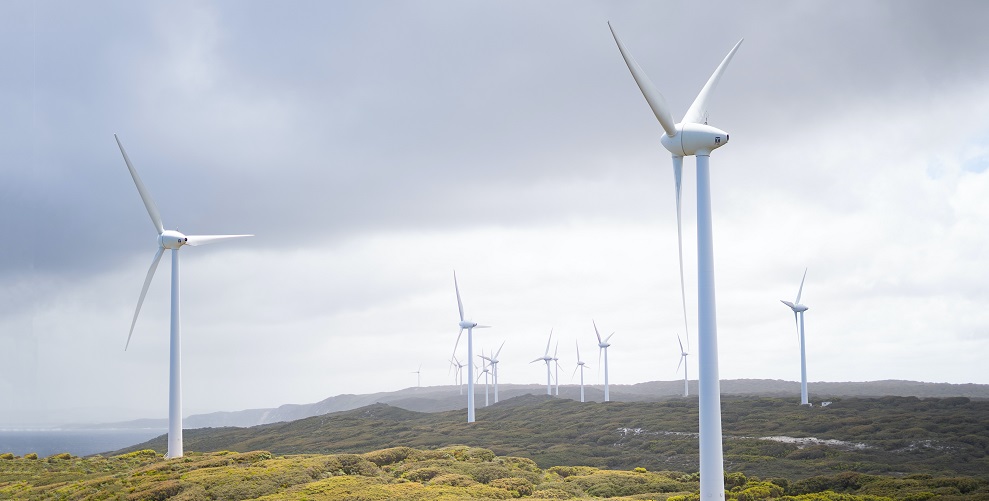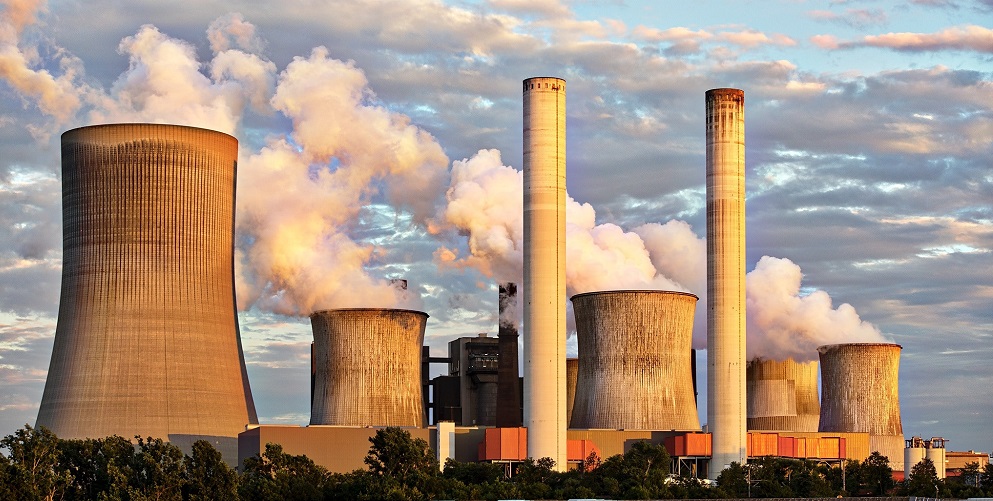Are Texas Energy Companies About To See a Boost in Profits?

Should you invest in Texas power companies? Some risk-takers are hoping to get in on the ground floor. Here’s why that may not be the best idea in the case of most.
What Went Wrong With Texas’ Power Grid?
To make a long story short, Texas’ recent energy crisis is the tale of corporate greed versus smart planning. When temperatures dropped below freezing in February 2021, virtually all types energy sources the state depends on failed: natural gas, coal, nuclear, solar and wind. Natural gas normally accounts for about 50% of Texas power, but freezing temps froze pipelines, leaving thousands of families without energy or heat.

Why Are Some Customers Getting Slammed With High Energy Bills?
Texas has a deregulated energy market. This means consumers can choose to buy from the state or from private companies. Some customers opted for wholesale energy, cutting out the middleman. The problem is that wholesale energy costs are vulnerable to extreme market changes.
[insert page='Offer' display='content']
How Will This Situation Affect Texas Energy Companies?
To help you understand the positives and negatives as far as investments are concerned, I’ll break them down for you here:
1. Smaller Energy Providers and Resellers Are in Big Trouble
Small-to-medium energy companies in Texas are being decimated by current market prices. Some are trying to pass costs on to customers, but if customers have fixed electricity pricing, that’s not an option. Under contract, these companies have to buy energy at inflated rates and sell it to homeowners at 1/10th that price. They’re losing money hand-over-fist. I'm not exaggerating when I say that dozens will go under.

2. Some Energy Generators Are Having a Golden Age
Some energy generators successfully prepared their systems to withstand cold temperatures. The companies that were able to keep producing power are raking in the cash right now. Instead of making the normal $20,000 a day, these industry powerhouses pulled in $9.5 million a day or more at Texas’ peak energy cap of $9,000 a megawatt hour.

3. The Power Players Are Going To Get Bigger
Many of Texas “independent” energy companies are really subsidiaries of a couple of massive energy corporations: NRG Energy and Vistra Corp. It’s true that NRG has taken a hit (down about 8% at one point) but its holdings are large enough to weather the financial storm. In return, it’s going to be able to scoop up tons of collapsing energy businesses and desperate customers to drive future growth.
Texas has a little law called POLR, or provider of last resort. It basically means that if energy companies go bankrupt, their customers are automatically transferred, no questions asked, to whatever provider is willing to take them. Want to guess which providers are “generously” offering? Subsidiaries of NRG and Vistra, of course.

4. Energy Infrastructure Stocks May See a Boost From This Situation
Texas was warned once already (twice, if you count a storm back in 1989). Now it seems that the federal government may get involved. Texas may really have to follow through on its promises to winterize, update and upgrade its aged energy grid and utilities. According to Forbes, Quanta Services (NYSE: PWR) and other energy infrastructure service providers may benefit financially from this.
I never recommend specific stocks personally, mind you. I think it’s important for people to make informed choices as far as finances go. What I would say, however, is to be very careful before investing in smaller Texas energy businesses. Many are likely to go under before winter is over.

